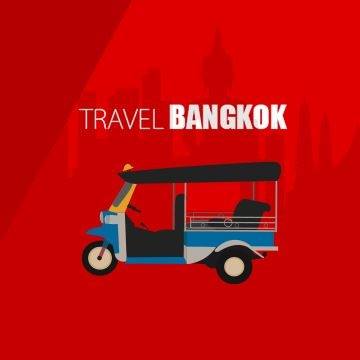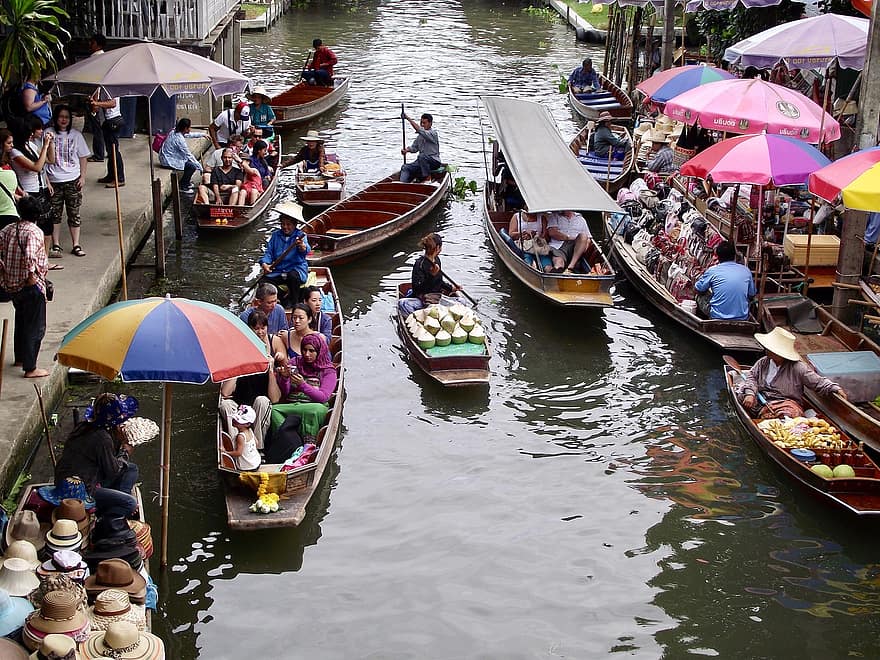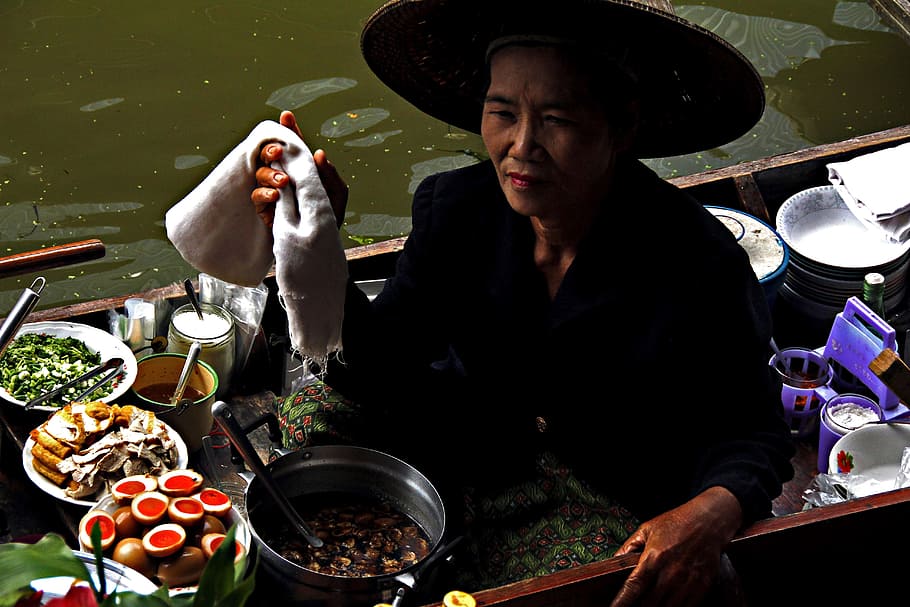The Origin of Floating Markets in Thailand – The Story of the Drifting Boutiques in the Country
The Story of the Drifting Boutiques in the Country
Even though floating markets helped to strengthen the livelihoods in the olden days, at present, they contribute to the country’s economy by posing as tourist attractions.
How They Came to Be
In ancient times, the areas near the rivers became largely populated as the waterways enormously contributed to the day-to-day lives of the people. Boats were used to transport produce from their producers to traders, which evolved into the famous floating markets that one can see today.
Where Were They Originated
Most floating markets were born on the Chao Phraya River, around which several kingdoms thrived in the past, such as the Kingdoms of Ayutthaya and Rattanakosin. Due to the prevalence of several adjoining canals, this region, now lying close to many a boutique hotel in Bangkok the likes of Maitria Rama 9 Hotel, was used as the chief trading hubs of the era.
What Can One Purchase
One can expect to get their food needs satisfied at Bangkok’s floating markets with an array of tropical fruits, vegetables, and delicious local dishes like mango sticky rice. Moreover, a mélange of locally produced goods such as conical hats, Thai silk, and crafted candles can be purchased at these places.
Deviation from Original Intents of the Markets
After roads were developed between the 1950s and the 1960s, many floating markets either relocated to land or reopened as tourist attractions. Wat Sai in Bangkok was the first to become an attraction.











